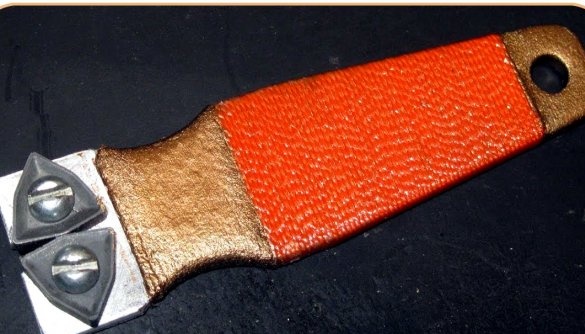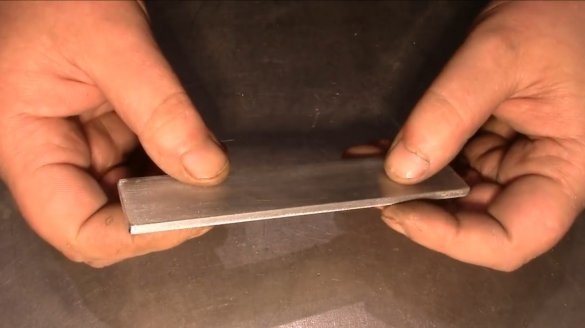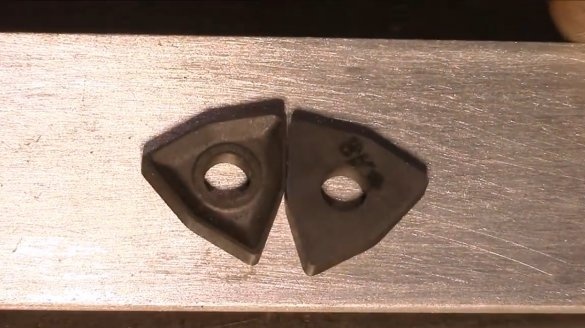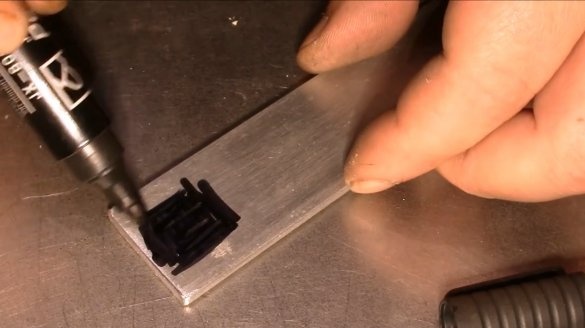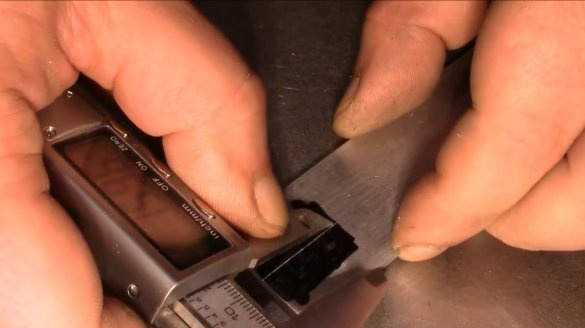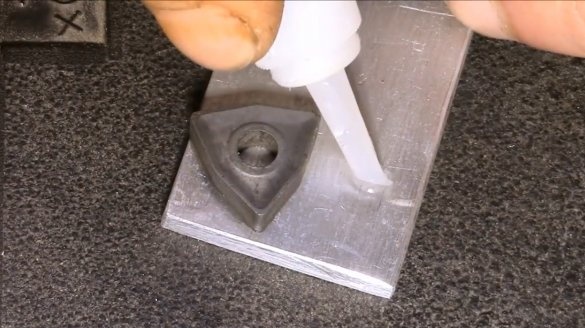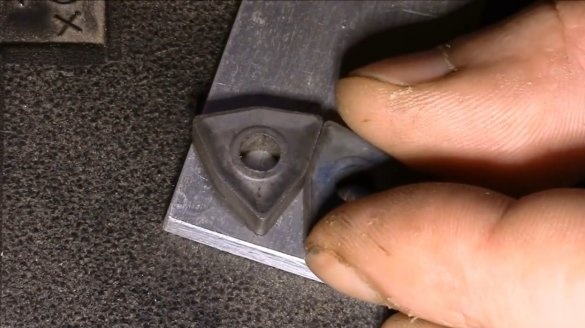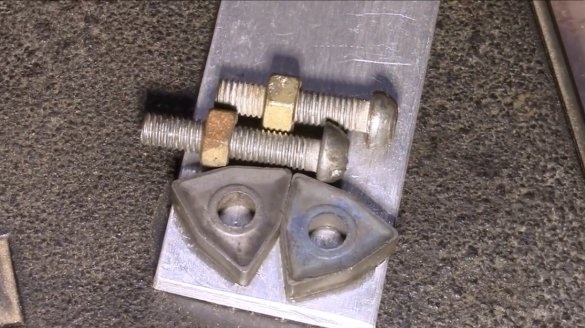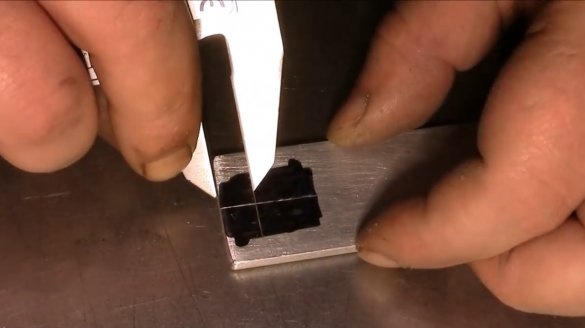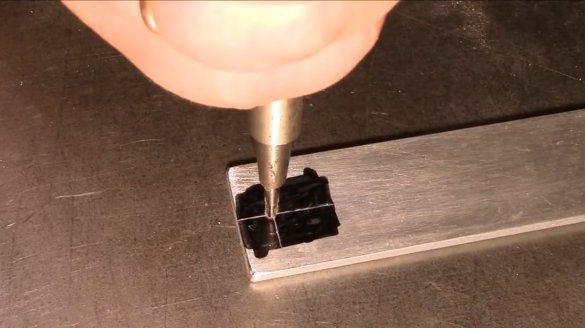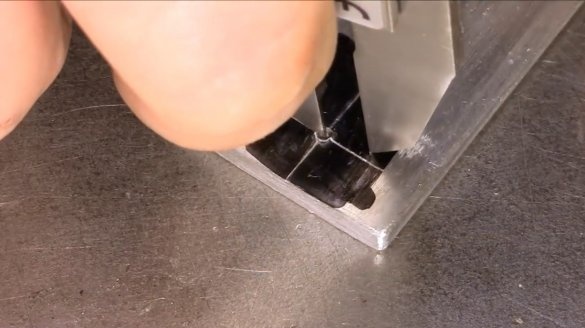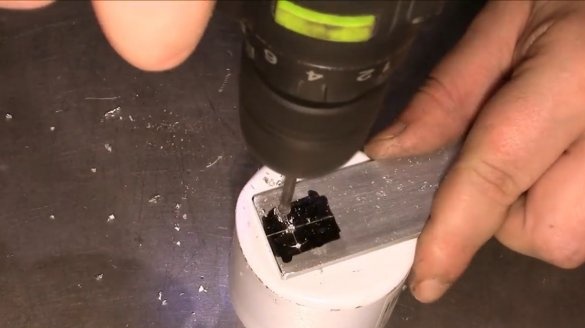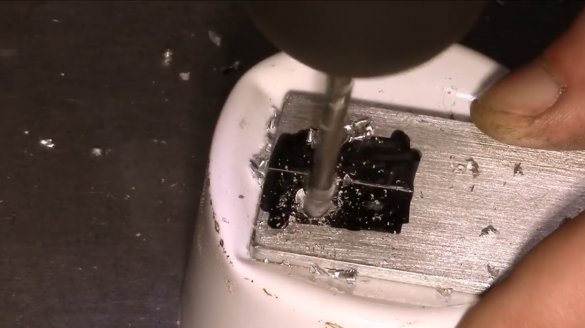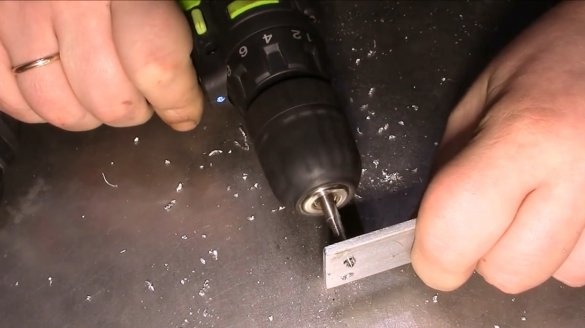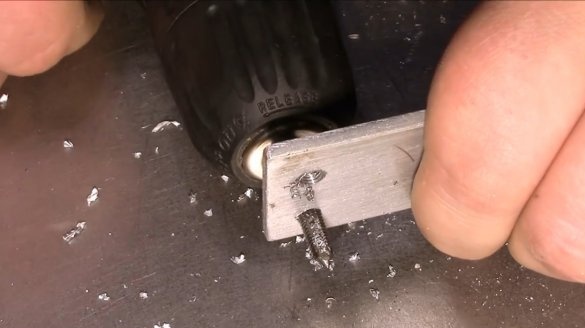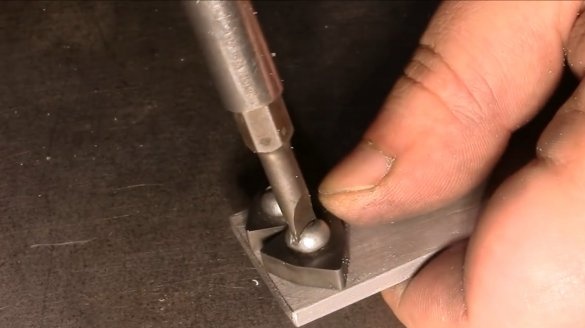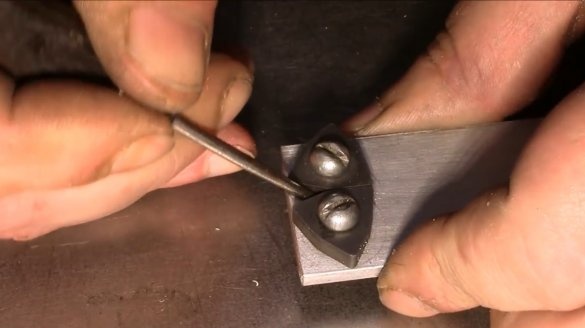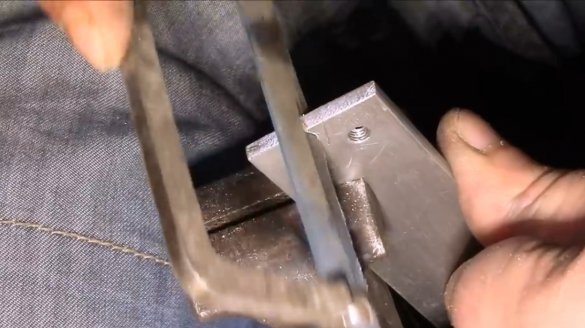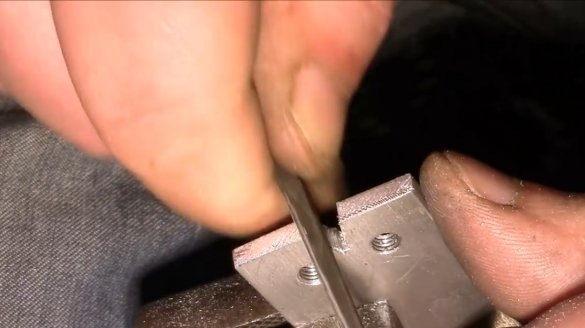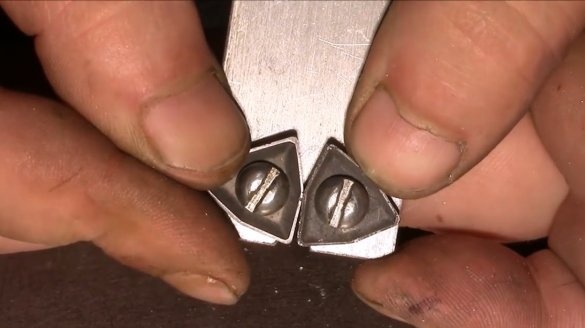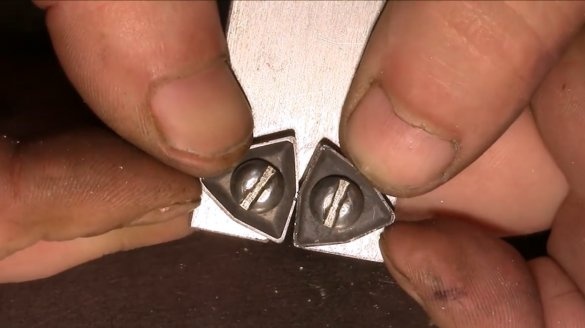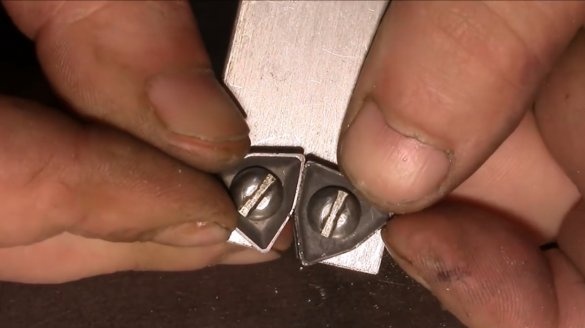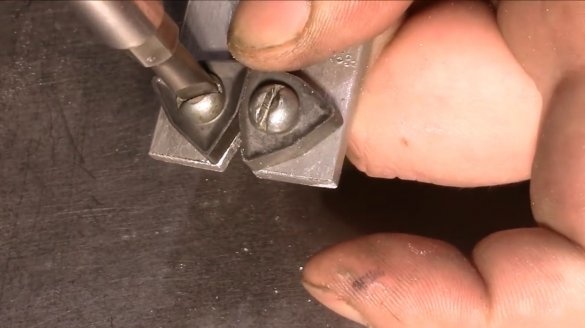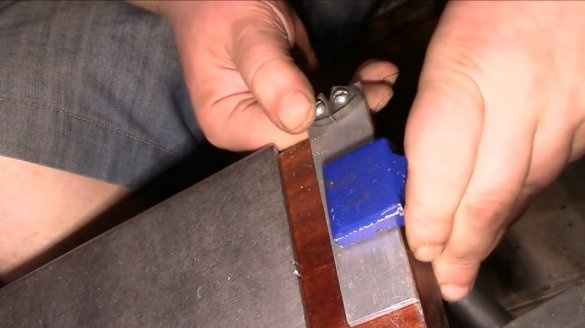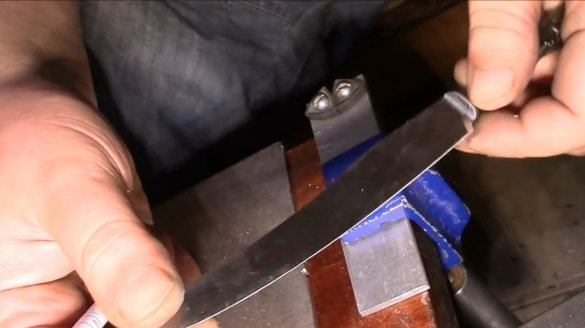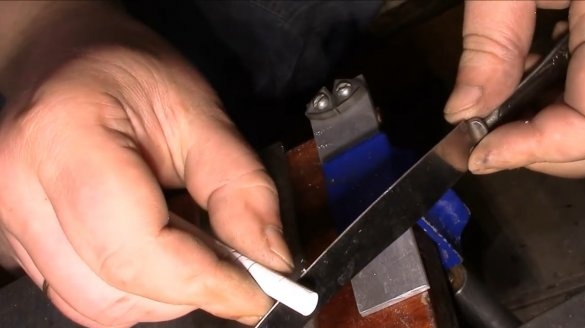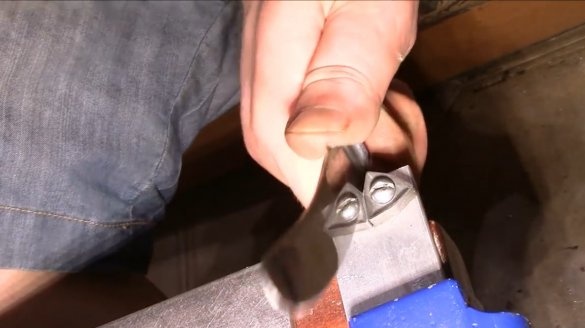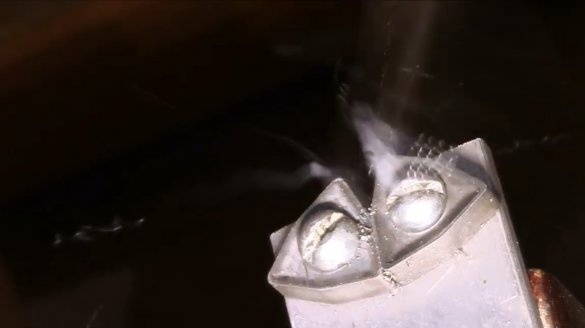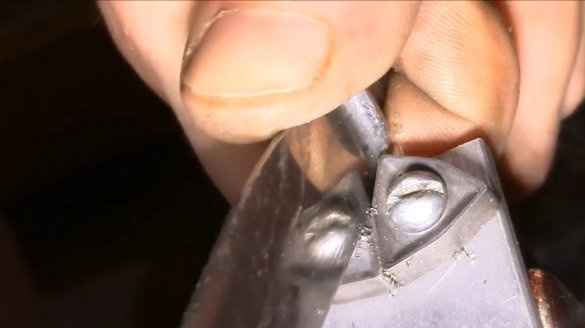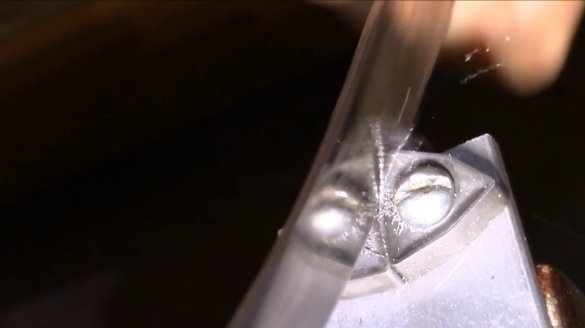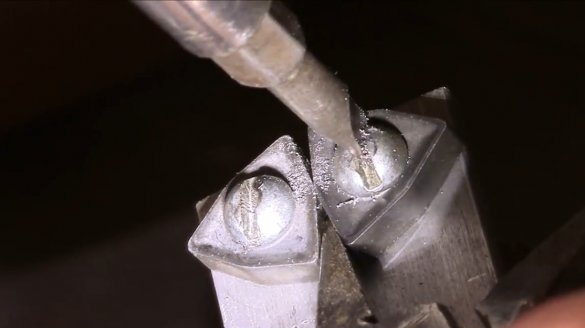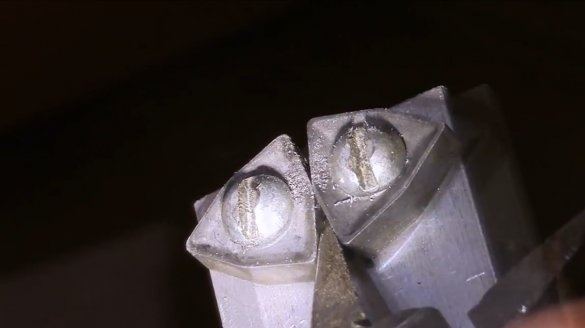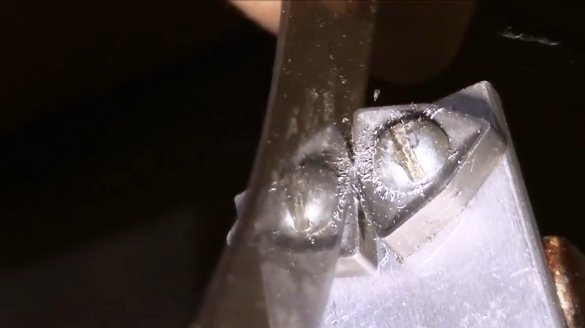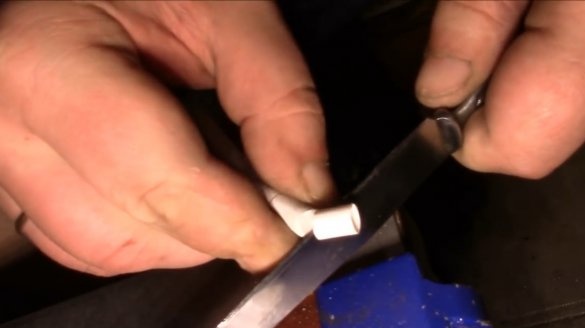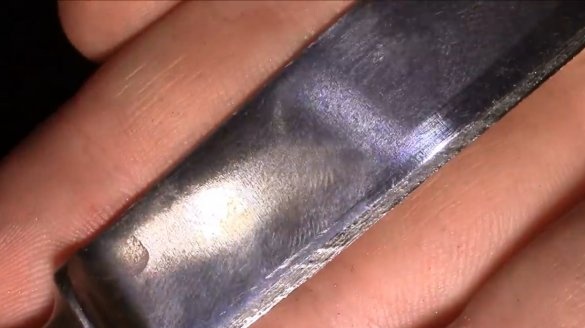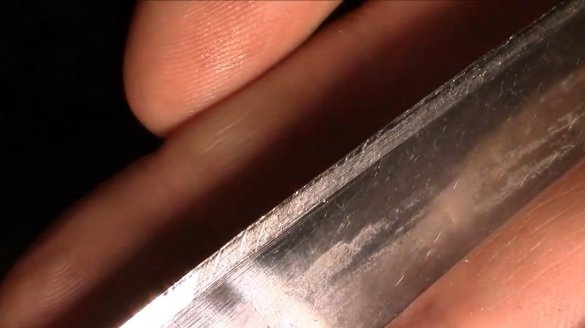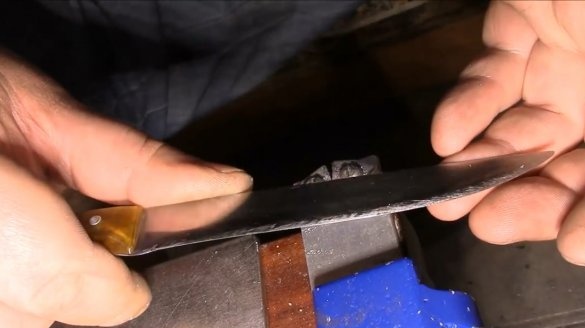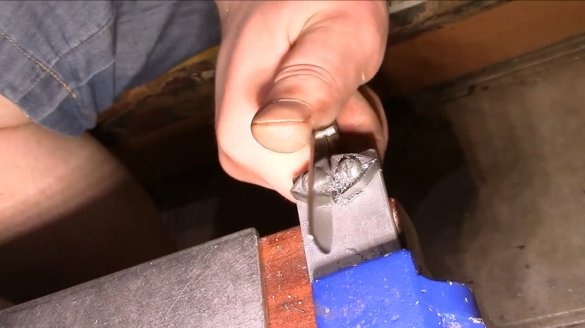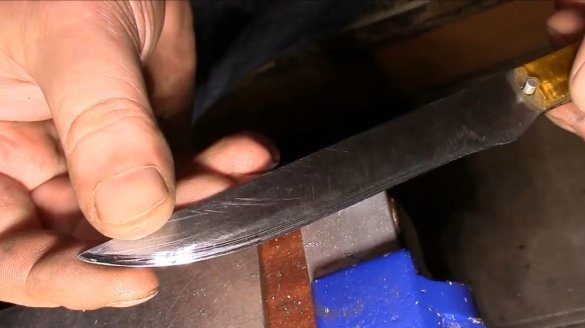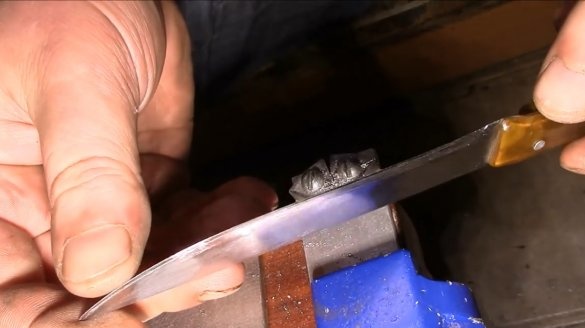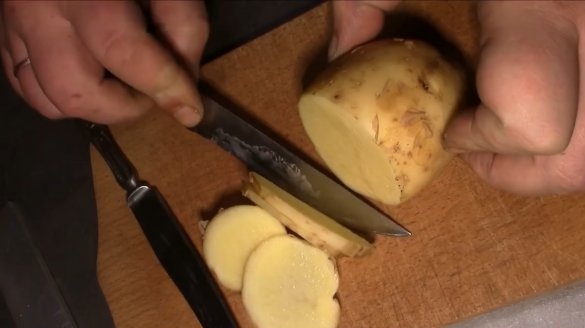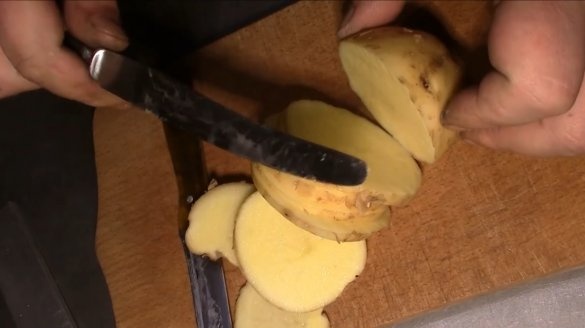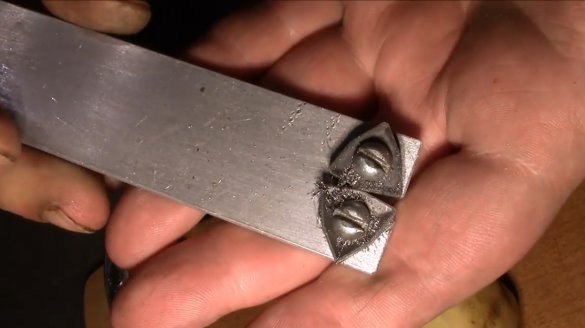Of course, each of you has a set of knives in the kitchen. But they have to be sharpened periodically.
In this article, the author of the YouTube channel “TOKARKA” will tell you how he made a simple knife sharpener using old cutters from a lathe.
This homemade product is very easy to manufacture, and it can be repeated even inhome conditions.
Materials
—
- aluminum plate
- Screws M5
- Second glue
- Acrylic parquet lacquer.
Instruments, used by the author.
—
-, metal drills
—
- Hacksaw, file, vise
- Marker, core, screwdriver, clamps.
Manufacturing process.
So, the master will use a 5 mm thick aluminum plate as the basis. In addition, he acquired a pair of incisors. They can be purchased even for little money at a flea market. They have a huge resource.
In order to better see the markup, he painted part of the workpiece with a black marker, and marked the center line.
For those who do not have a vernier caliper, or are not able to precisely mark workpieces for drilling, the author recommends that the cutters be glued to the plate with second glue in this way.
Then drill holes, and heat up the plate. Second glue will quickly collapse and parts can be removed.
The master marks out a couple of holes, and drills them.
Now cuts the M5 thread in the holes with a tap.
Screws the cutters into place, and marks the last necessary V-shaped slot.
It removes the cutters, fixes the workpiece in a vise, and cuts through the slot. Then aligns the edges with a file.
But in this way it will be possible to adjust the angle of sharpening the tool. The largest is suitable except for an ax.
Presses device to the table with a clamp. If you do not have one in the kitchen, then you can use a manual meat grinder for this.
As the first experimental, he chose an ordinary table knife. He's so dumb that he can't even cut the paper on the cigarette filter.
The master first tried a large sharpening angle.The device removes chips so quickly that it even smokes.
Reduced the angle, and finished sharpening the knife.
Now the edge of the knife looks like this, and the knife itself has become very sharp. Of course, it can now be brought on water stones, but this is not yet required.
An ordinary chef's knife sharpened much faster, the corner approached immediately.
That's all, both knives do quite well with cutting potatoes, and you can restore sharpness in just a few movements.
How the author finished the design of the handle of this device is well described in this article.
Thanks to the author for a simple but useful fixture for the home and workshop!
All good mood, good luck, and interesting ideas!
Author video can be found here.

